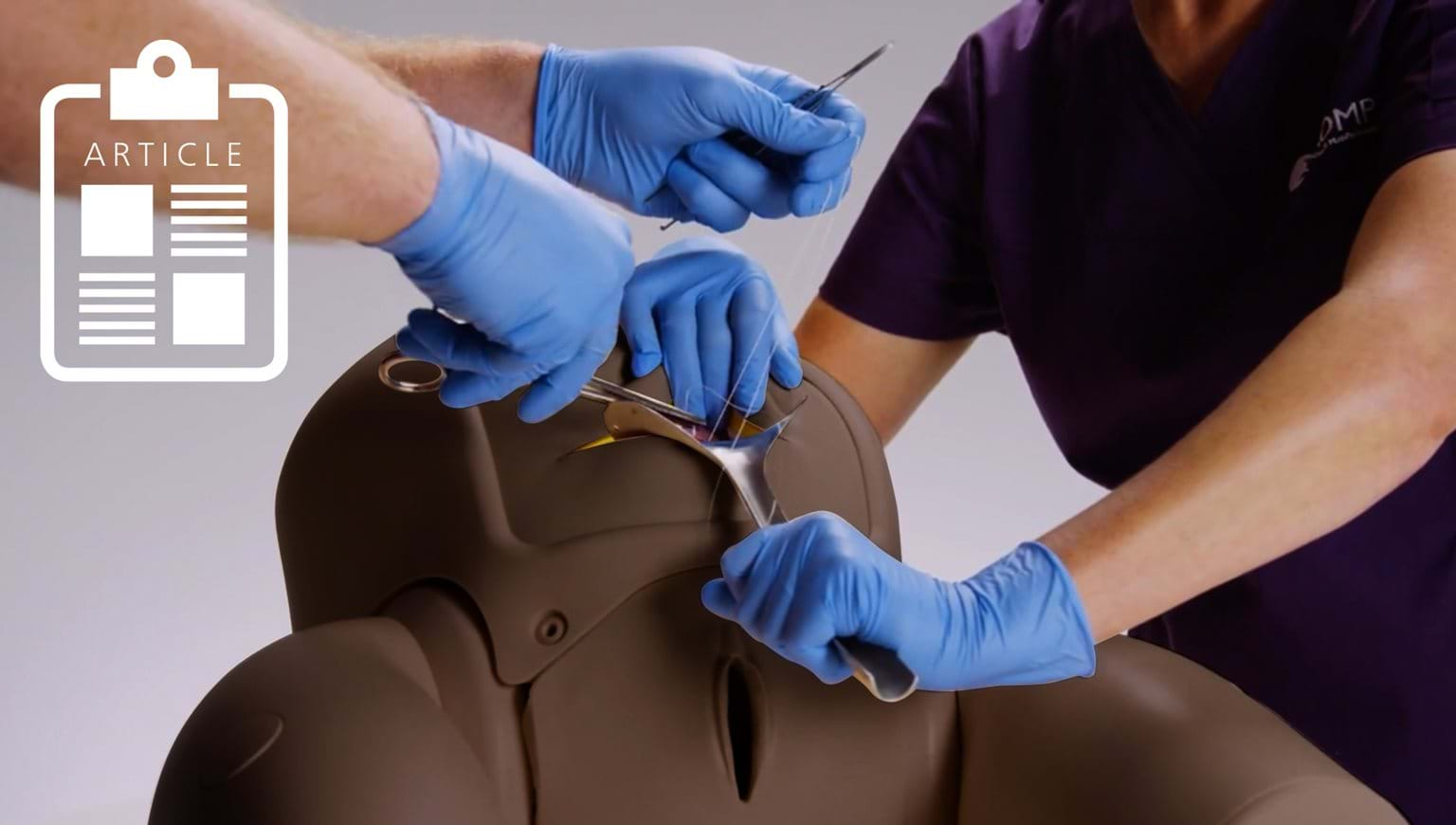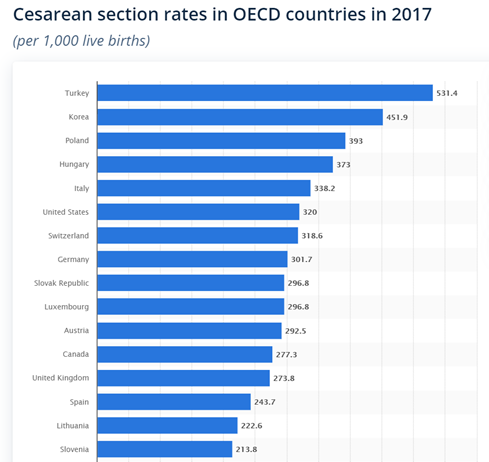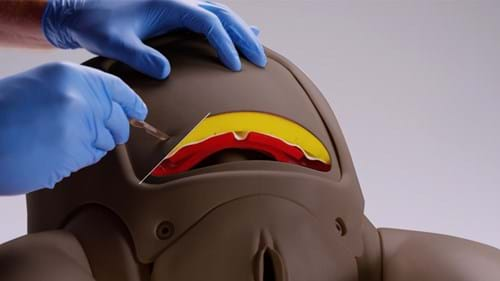News
C-Section section: Procedure, statistics and solution
03 August 2020
Cesarean delivery (also referred to as a C-section) is a surgical procedure used to deliver a baby through either vertical or horizontal incisions in the abdomen and uterus.

When considering the history of abdominal surgery, cesarean section is noted as the oldest type, with original operations considered to be an “exclusively lethal operation for the mother, performed to save the newborn’s life from dead or dying mother.”1 In the early 1800s, 60%-100% of mothers died after the cesarean section. One hundred years later, although improved, statistics still showed that 25% of mothers and 24% of infants died after cesarean delivery, mostly from infection.1 When compared to other abdominal surgeries, cesarean section is more surgically traumatic, and the difficulty of the procedure varies among individual patient characteristics, such as age, ethnicity, maternal weight, and other pre-existing conditions.5
Today, in the UK, adjusted rates of cesarean section rates range from 15% to 32% among NHS trusts, with rates of emergency procedures varying more than rates of elective deliveries.2 Likewise, there is “great regional variation by state in the rate of total cesarean delivery across the United States, ranging from a low of 23% to a high of nearly 40%.”3 Since the 1980s, the “international healthcare community has considered the ideal rate for cesarean sections to be between 10% and 15%.”4
With this number set as the international goal, the following graph demonstrates that c-section rates continue to fluctuate around the world:

Source: Statista.com
According to a WHO Statement “Cesarean sections can cause significant and sometimes permanent complications, disability, or death particularly in settings that lack the facilities and/or capacity to properly conduct safe surgery and treat surgical complications. Cesarean sections should ideally only be undertaken when medically necessary.”4
Although there have been significant improvements in the techniques and skills needed to perform a Cesarean section in the past few decades, learning these skills takes time and persistent practice to master. In 2012, Madsen et. al., state “determination of trainees’ technical skills level is dependent upon subjective faculty assessment. Based on three studies on learning curves in the cesarean section, it is recommended that trainees perform between 10–15 and 40 supervised cesarean sections before operating independently.”5 Furthermore, complications after surgery have been studied and show that mothers having a cesarean section performed by a junior trainee were much more likely to suffer from a major obstetric hemorrhage and were also “associated with a significantly higher risk of postoperative maternal complications.”5
When developing a plan for teaching postgraduate obstetric trainees, it is imperative that demonstration of fundamental skills, such as suturing and instrument handling be mastered first, followed by an understanding of each step in performing a cesarean section using current evidence-based research. To ensure patient safety, “trainees/residents must demonstrate predefined standardized technical and nontechnical skills before they are allowed to operate without a supervising senior surgeon.”5

The Enhanced Cesarean Section Module from Limbs & Things represents a practical and versatile training platform which allows trainees to practice the core skills related to C-section procedures. Its versatility is further enhanced by its ease of use with the PROMPT Flex Birthing Simulator, which can simulate a variety of obstetric emergencies in a safe, controlled environment.
References:
1: Kulas T, Bursac D, Zegarac Z, Planinic-Rados G, Hrgovic Z. New Views on Cesarean Section, its Possible Complications and Long-Term Consequences for Children's Health. Med Arch. 2013;67(6):460-463. doi:10.5455/medarh.2013.67.460-463
2: Bragg F, Cromwell DA, Edozien LC, et al. Variation in rates of cesarean section among English NHS trusts after accounting for maternal and clinical risk: cross sectional study. BMJ. 2010;341:c5065. Published 2010 Oct 6. doi:10.1136/bmj.c5065
3: Safe Prevention of the Primary Cesarean Delivery
4: WHO Statement on Caesarean Section Rates
5: Educational strategies in performing cesarean section


